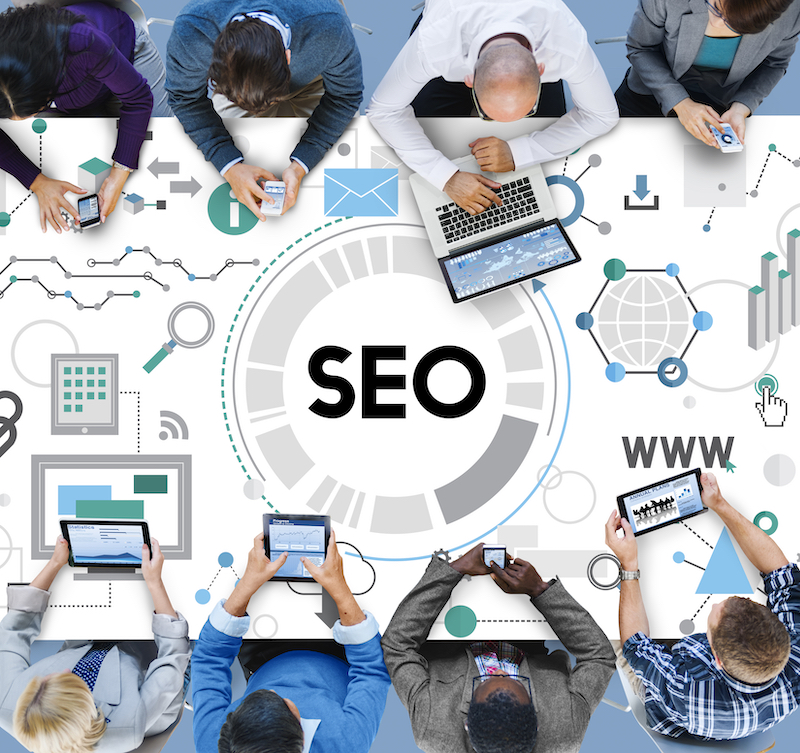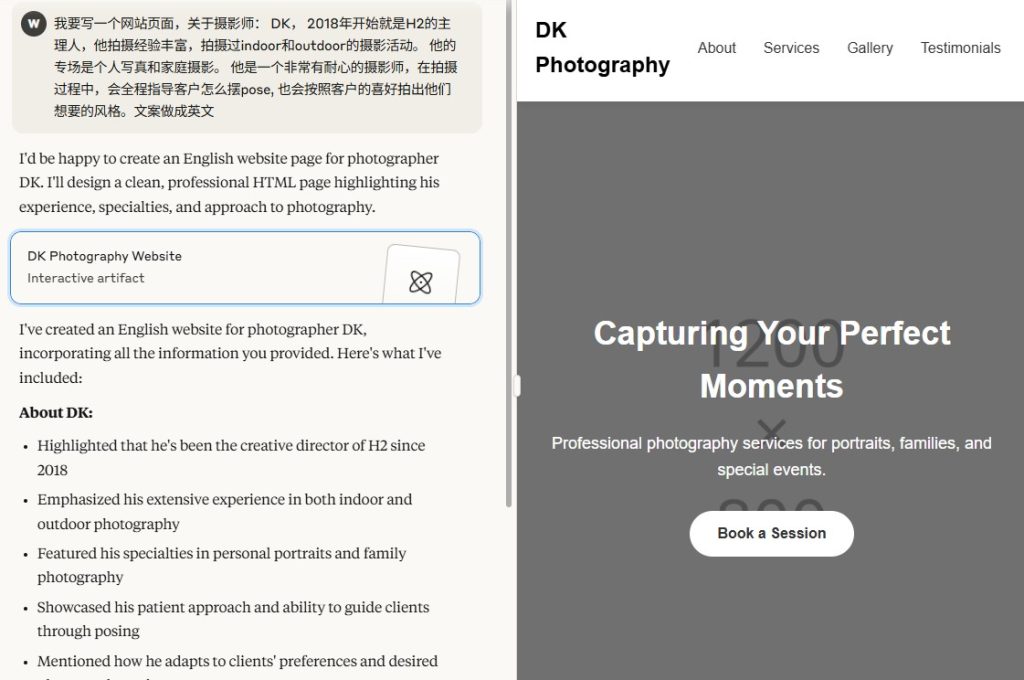Today, the success of your online business often hinges on your ability to convert website visitors into paying customers. One crucial element in this process is the optimisation of your landing pages for SEO (Search Engine Optimisation).
Whether you’re new to online marketing or a seasoned pro, understanding the fundamentals of landing page optimisation is essential for driving conversions and achieving your business goals. In this beginner’s guide, we’ll explore the key principles and strategies to help you create effective landing pages that not only convert but also rank well on search engines.
What Is a Landing Page?
Before diving into optimisation techniques, let’s define what a landing page is. A landing page is a single web page that is specifically designed with a focused purpose in mind, typically related to marketing or advertising.
Unlike a website’s homepage or other web pages, which may have multiple goals and navigation options, a landing page is created for a singular, well-defined objective. The primary purpose of this page is to convert visitors into leads or customers by encouraging them to take specific action.
While the specific purpose of a landing page can vary depending on the campaign and business objectives, here are some common purposes:
Lead Generation:
One of the most common purposes of a landing page is to capture visitor information, such as email addresses or phone numbers. This is often done through a lead generation form where visitors provide their details in exchange for something valuable, like an ebook, newsletter subscription, or access to exclusive content.
Sales and Conversions:
Landing pages are often used to promote and sell products or services. The goal is to convince visitors to make a purchase or complete a transaction, such as buying a product, signing up for a subscription, or making a donation.
Event Registration:
Landing pages can be used to promote and facilitate event registrations. Whether it’s a webinar, workshop, conference, or any other type of event, a landing page can provide information and encourage visitors to sign up.
App Downloads:
If a business or organisation has a mobile app, a landing page can be created to promote the app and encourage visitors to download and install it.
Information Gathering:
Landing pages can be used to collect specific information from visitors, such as conducting surveys, gathering feedback, or conducting market research.
Promotion of Special Offers:
Businesses often create landing pages to promote special offers, discounts, or promotions. The goal is to entice visitors to take advantage of the offer.
Subscription and Membership:
Landing pages can be used to encourage visitors to subscribe to a service, join a membership program, or become a part of a community or forum.
Content Promotion:
If a business has valuable content to offer, such as ebooks, whitepapers, videos, or reports, a landing page can be used to promote and distribute this content in exchange for contact information or other actions.
Fundraising:
Nonprofits and charitable organisations often use landing pages for fundraising campaigns, encouraging visitors to make donations to support their cause.
Now that you know what a landing page is, let’s delve into the fundamentals of optimising it for maximum effectiveness.
The Fundamentals of Landing Page Optimisation
Clear and Compelling Headlines
Your landing page’s headline is often the first thing visitors see, and it should grab their attention immediately. Make sure it’s clear, concise, and directly related to the offer or product you’re promoting. Use persuasive language to convey the benefits of taking the desired action.
Concise and Engaging Copy
Keep your landing page copy concise and focused. Explain the value proposition clearly and address visitors’ pain points. Use bullet points, subheadings, and short paragraphs to make the content scannable. Avoid jargon or overly technical language that might confuse your audience.
Compelling Visuals
Visual elements like images, videos, and graphics play a crucial role in capturing and maintaining visitors’ interest. Use high-quality visuals that reinforce your message and showcase your product or service. Ensure that visuals are relevant and load quickly to prevent slow page speed.
Call-to-Action (CTA)
The CTA button is the gateway to conversions. It should be highly visible, use action-oriented language (e.g., “Get Started,” “Download Now,” “Sign Up”), and stand out from the page’s background. Experiment with CTA button colours to find the most effective one for your audience.
Trust Signals
Building trust is essential for converting visitors. Incorporate trust signals like customer testimonials, trust badges, industry awards, or certifications to reassure potential customers. Highlighting your privacy and security policies can also boost trust.
A/B Testing
Don’t rely solely on assumptions; use A/B testing to optimise your landing page continuously. Test different headlines, copy variations, CTA button colours, and layouts to identify what resonates best with your audience. Make data-driven decisions to improve conversion rates.
Mobile Optimisation
In a mobile-first world, your landing page must be fully responsive and load quickly on all devices. Ensure that the design and user experience are seamless on smartphones and tablets. Test your landing page on various devices to catch any issues.
Page Load Speed
Slow-loading pages can deter visitors and harm your technical SEO. Optimise your landing page’s performance by minimising image sizes, using browser caching, and choosing a reliable hosting provider. Tools like Google PageSpeed Insights can help identify areas for improvement.
Remove Distractions
Eliminate unnecessary links, navigation menus, and other distractions that can lead visitors away from your conversion goal. Your landing page should keep users focused on the primary action you want them to take.
Analytics and Tracking
Implement robust analytics and tracking tools, such as Google Analytics, to monitor visitor behaviour and conversion rates. Analyse the data regularly to gain insights into what’s working and where improvements are needed.
Conclusion
Landing page optimisation is a continuous process of refining and improving your pages to maximise conversions and improve SEO. By following these fundamental principles and regularly testing and iterating on your landing pages, you can boost your online marketing efforts, increase conversions, and ultimately achieve your business objectives.
Remember that what works for one audience may not work for another, so be prepared to adapt and tailor your landing pages to the specific needs and preferences of your target audience.
For businesses looking to take their landing page optimisation and SEO efforts to the next level, partnering with a professional digital marketing agency can be a game-changer. These agencies bring a wealth of expertise and experience to the table.
They not only understand the technical aspects of landing page optimisation but also have in-depth knowledge of consumer behaviour, industry trends, and best practices. With their help, you can ensure that your landing pages not only convert effectively but also rank well on search engines, driving even more organic traffic to your site.








